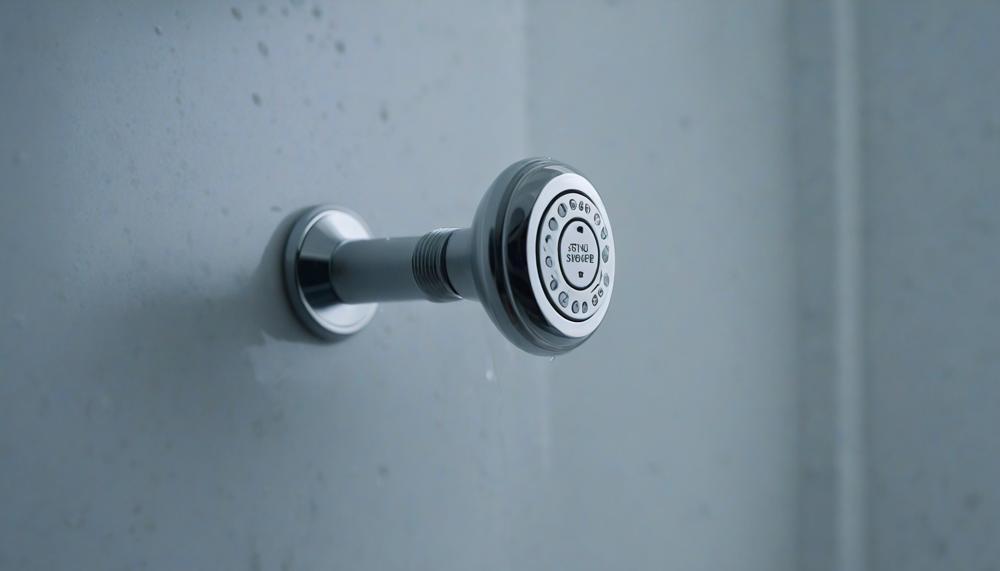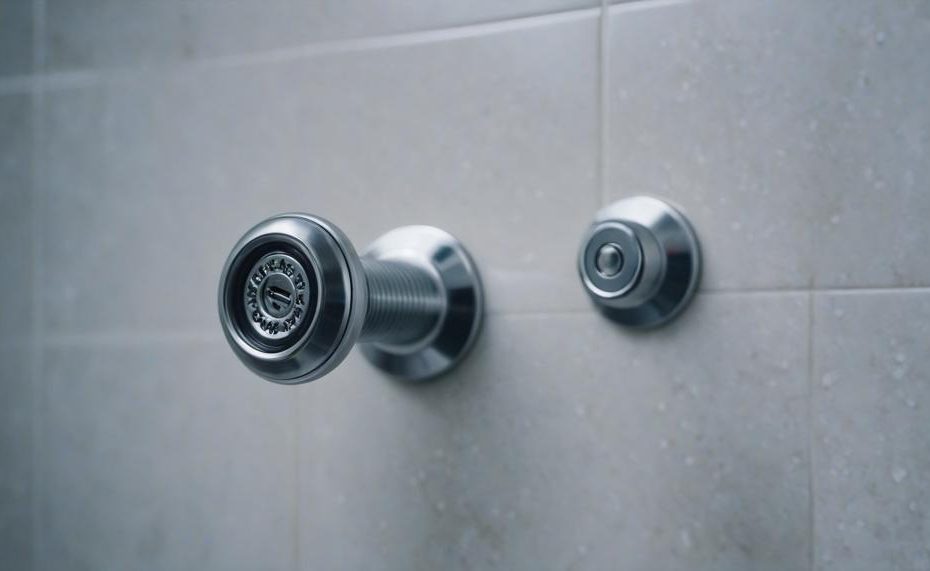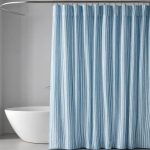A stuck shower handle screw can turn a simple repair into a frustrating ordeal. Whether you’re dealing with limescale buildup or a screw that’s been in place for years, this common issue can disrupt your daily routine and cause unnecessary stress.
With the right tools and a bit of patience, you can conquer this challenge and get your shower back in working order.
Key takeaways you’ll find in this article:
- Proper Tools: Use a Phillips head, flat head, or Allen wrench to remove screws hidden beneath screw caps.
- Penetrating Oil: Apply and let it soak for 15-30 minutes to loosen stubborn screws.
- Limescale Removal: Gently tap with a wrench or screwdriver handle to break the grip of limescale.
- Delicate Handling: Protect delicate trim finishes from damage.
- Patience and Persistence: Combine lubricants and the right tools to detach old screw-on handles.

Understanding how to effectively remove a stuck shower handle screw can save you time and money, sparing you from calling in a professional for what is often a simple fix. By following these steps, you’ll not only solve the problem but also gain the confidence to tackle other minor home repairs with ease. Ready to get started?
Let’s dive into the nitty-gritty of freeing that stubborn screw.
Contents
What Causes Stripped Screws?
Screws become stripped and difficult to remove, particularly in shower handles, due to a combination of factors. Here are the primary reasons:
Corrosion and Rust:
Shower environments are typically humid, causing screws to corrode over time. Rust weakens the screw’s metal, making it more prone to stripping.
Over-Tightening:
Excessive tightening during installation can deform the screw head. When you attempt to unscrew it, the deformed head doesn’t provide enough grip.
Incorrect Tools:
Using the wrong type or size of screwdriver can cause the tool to slip and strip the screw head. For example, using a flat head instead of a Phillips can damage the screw.
Wear and Tear:
Repeated use of the handle subjects screws to constant stress, gradually wearing them down. This wear makes it harder for tools to get a good grip.
Poor Quality Screws:
Low-quality screws are more likely to strip because they are made from softer metals. These screws are more vulnerable to damage from even minimal over-torque.
Mineral Buildup:
Limescale from hard water can accumulate around the screws, making them difficult to turn. This buildup often requires more force to remove, leading to stripping.
Tips for Prevention and Removal:
- Proper Tools: Always use the correct screwdriver or Allen wrench for your screws. Match the tool precisely to avoid slippage.
- Penetrating Oil: Apply penetrating oil and let it soak for 15-30 minutes to loosen rust or limescale. This makes unscrewing easier and reduces the risk of stripping.
- Gentle Tapping: For handles stuck due to mineral buildup, gently tap the screw head with a wrench or screwdriver handle to break up the limescale before attempting removal.
- Avoid Over-Tightening: When installing or replacing screws, tighten them just enough to hold securely. Over-tightening increases the risk of future stripping.
- Quality Screws: Opt for high-quality screws made from durable materials to withstand the humid environment of showers.
What Screws Are Used In Shower Faucets?
The screws commonly used in shower faucets include set screws, machine screws, and wood screws. Each type has specific characteristics and uses that make them suitable for different components of shower faucets.
| Type of Screw | Description | Uses |
| Set Screws | Set screws are typically small screws with no head, threaded along their entire length. They are tightened using an Allen wrench or hex key. | These screws are mainly used to secure faucet handles to the valve stem. Their headless design allows for a flush finish. |
| Machine Screws | Machine screws have a uniform diameter along the entire length and come in various head types, including flat, round, and pan. They are used with a corresponding nut or threaded hole. | Commonly used to attach various parts of the faucet assembly, such as securing the escutcheon plate to the wall or the faucet body to the valve. |
| Wood Screws | Wood screws have a smooth shank and tapered point, designed to cut into wood. They often feature a flat, round, or oval head. | Primarily used when the faucet is mounted on a wooden surface or backplate, ensuring a secure hold. |
Each screw type is designed for specific applications within the faucet assembly. Set screws, for instance, ensure handles remain securely attached, while machine screws provide robust connections for structural components.
Wood screws are essential when dealing with wooden mounting surfaces, offering strong and reliable fastening.
Choosing the right screw type is crucial for ensuring the durability and functionality of shower faucets.
How To Remove Stuck Shower Handle Screws
To safely and effectively remove stuck shower handle screws without causing damage to the handle or the surrounding area, follow these detailed steps:
Identify the Type of Screw and Tool Needed
Determine whether the screw is a Phillips head, flat head, or requires an Allen wrench. This ensures you use the correct tool and avoid stripping the screw.
| Type of Screw | Tool Needed | Comments |
| Phillips Head | Phillips Screwdriver | Common in many shower handles. |
| Flat Head | Flat Head Screwdriver | Ensure the size fits the screw slot. |
| Allen Head | Allen Wrench | Often found in modern fixtures. |
Apply Penetrating Oil
Spray a penetrating oil, like WD-40, directly onto the screw and let it soak for 15-30 minutes. This helps loosen rust or limescale buildup that might be causing the screw to stick.
Use a Rubber Mallet
Gently tap the handle with a rubber mallet to break any corrosion bond. Be cautious to avoid using excessive force that might damage the handle or surrounding area.
Utilize Proper Tools
For handles that are still stuck, use a handle puller tool. This tool applies even pressure to safely remove the handle without causing damage.
| Tool | Purpose | Usage |
| Handle Puller | Remove stuck handles | Securely grip the handle and pull evenly. |
| Flathead Screwdriver | Remove hidden screws | Gently pry the handle if no screws are visible. |
Prying Gently
If there are no visible screws, gently pry the handle away from the wall with a flathead screwdriver or putty knife. Insert the tool carefully to avoid damaging the wall or handle.
Consult a Professional
If the handle remains stuck despite these efforts, consult the manufacturer’s instructions or contact a professional plumber. They have the expertise and tools to remove the handle without causing damage.
Conclusion
Dealing with a stuck shower handle screw can transform a simple repair into an exasperating challenge. Whether caused by limescale buildup, corrosion, or wear and tear, this problem can disrupt your routine. However, with the right approach, you can overcome it efficiently.
The key to success lies in using the appropriate tools. A Phillips head, flat head, or Allen wrench, depending on the screw type, is essential. Additionally, applying penetrating oil and letting it soak for 15-30 minutes can significantly ease the process. Gently tapping the screw head with a wrench or screwdriver handle can also help break the grip of limescale.
Patience and delicate handling are crucial. Protect delicate trim finishes to avoid unnecessary damage. Combining lubricants and the right tools ensures that even the most stubborn screws can be loosened without resorting to professional help.
Understanding the common causes of stripped screws, such as corrosion, over-tightening, incorrect tools, wear and tear, poor-quality screws, and mineral buildup, helps prevent future occurrences. Using rust-resistant screws, avoiding excessive force, and opting for high-quality screws can make future maintenance smoother.





